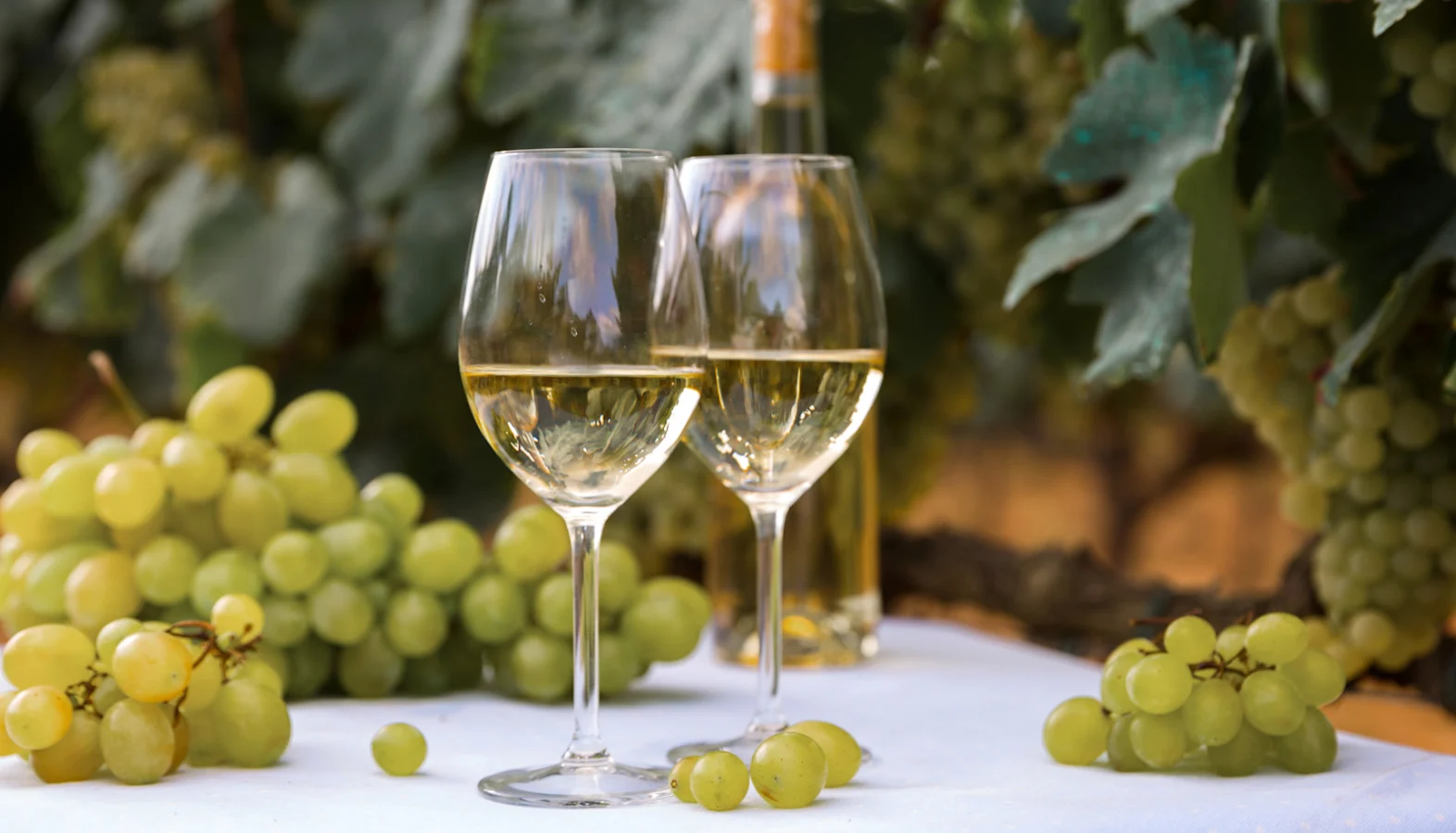Expert Picks: sweet white wines to try
BROGAN WILSON

Noble Rot
Botrytis cinerea is a type of fungus that shrivels wine grapes. Surprisingly, this ‘rotten’ state can result in some of the world’s finest sweet white wines, such as Sauternes from France. The fungus pierces the skins of the grapes, dehydrating them and concentrating the natural sugars. These botrytised grapes are carefully handpicked and pressed to produce a sweet, concentrated juice. When these grapes are fermented, the increased sugar concentration can be so high that the yeasts die from the high-alcohol environment before all the sugar is converted into alcohol. The final wines are rich, sweet and have a unique honeyed flavour.
Late harvest
As the name suggests, late harvest wines are made from grapes left on the vine longer than usual. This extra time allows the grapes to overripen, concentrating the sugars to create a sweeter wine. Late-harvest wines can be made from many different types of grapes and can vary in sweetness from semi-sweet to very sweet. These wines often have a rich, fruity flavour and a velvety texture.
Ice wine
This is a type of dessert wine produced from grapes that have frozen while still on the vine. The water in the grapes freezes but the sugars and other solids do not, allowing for a more concentrated grape juice to be pressed from the frozen grapes. This results in a smaller amount of more concentrated, very sweet wine. Ice wine production is risky because it requires a specific temperature, usually around -7°C to -8°C, and a quick harvest and pressing while the grapes are frozen. This method is only found in very cold wine regions such as Canada and Germany.







